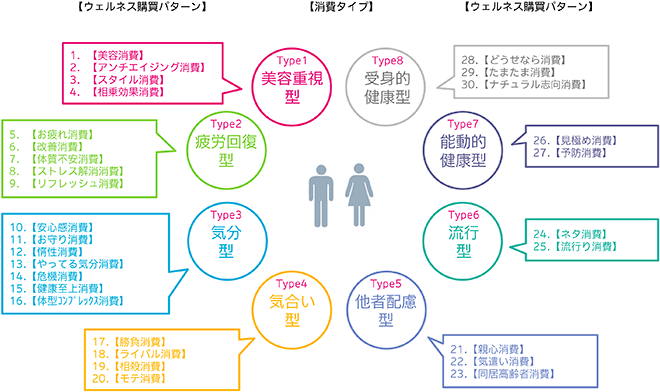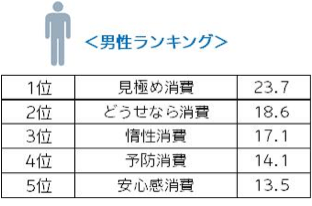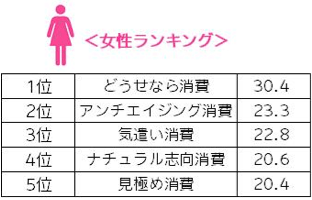This time, I'd like to talk about how wellness products are purchased.
When it comes to items like medicine, people usually buy them with a clear intention, such as "I want to cure this symptom." However, it's surprisingly difficult to pinpoint exactly when and why people purchase products that are good for health or beauty.
Take yogurt, for example, which boosted sales by emphasizing its health benefits. When you ask people why they eat it, you get a variety of reasons: "It seems good for digestion," "I don't eat it myself, but I buy it for my child's calcium," "I like the taste," or "It just seems healthy, right?"
There seem to be many other reasons for purchasing wellness-oriented products, and these reasons likely vary depending on the buyer and the specific product. Therefore, Team Wellness decided to create 30 distinct purchase reasons, or "purchase patterns," based on accumulated insights and collected data, to investigate what kinds of products are bought and why.
These 30 purchase patterns can be grouped into 8 distinct "consumer types" based on their characteristics. The relationship between consumer types and purchase patterns is illustrated in the diagram below.

The reasons for purchasing wellness-related products can be broadly categorized into eight main types.
1."Purchased with beauty in mind": Beauty-Focused Type
2.Purchased "to recover from fatigue": Fatigue Recovery Type
3."To feel emotionally reassured": Mood-driven
4."To get pumped up": Motivation-driven
5."Buying for family or children": Caring for others type
6."Buying to follow trends": Trend-driven
7."Buying because of strong wellness awareness": Proactive Health Type
8."Buying because it just seems good": Passive Health Type
For detailed explanations of the 30 specific purchase patterns (see diagram above), we plan to introduce several representative examples in future posts. If you're interested, please stay tuned!
Now that we've grasped the overall picture, let's move to the survey results. The most common purchasing pattern across all 30 types was "Might as well consume."
In other words, wellness products were most frequently purchased because "might as well be good for you." This trend was particularly strong among women (gender ratio = 4:6) and spanned a wide age range from their 20s to 40s, also ranking as the top purchasing pattern for women.
Conversely, categories showing little gender difference included "habit consumption," "popularity consumption," and "trend consumption." Behaviors and motivations like "continuing to buy something without much thought if it's not bad," "wanting to be popular," or "wanting content for social media" appear to transcend gender.
What do you think? Which consumption type do you fit into? Here's our usual little tidbit (lol). Just about two months ago, Mount Fuji was registered as a World Cultural Heritage site. But did you know that UNESCO also has a list of "culinary traditions" registered as Intangible Cultural Heritage? Examples include French gastronomy, Mediterranean cuisine, and Turkish culinary traditions. Incidentally, Japan also submitted a proposal last year to register Japanese food culture, and the results are expected this December. Japanese cuisine might just get even more popular.






